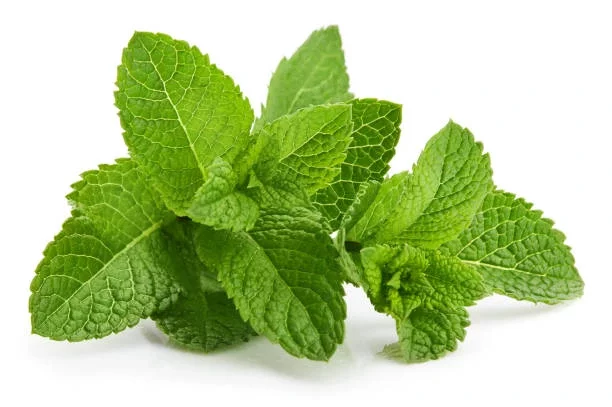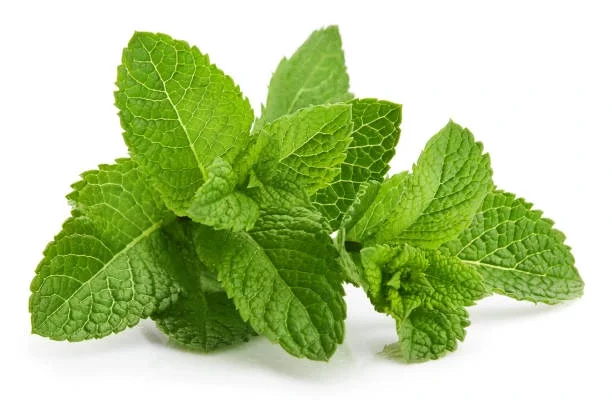
Joint pain is a common ailment that affects people of all ages and can be caused by various factors such as age, arthritis, injury, or inflammation.
While medical treatments are available, some individuals seek alternative remedies to complement conventional therapies.
One such natural solution is the use of scent leaves, also known as Ocimum gratissimum or “Nchawun” in some regions, which have been traditionally used for their potential therapeutic benefits.
In this article, according to healthline – we will explore how scent leaf can be utilized to alleviate joint pain effectively.
1. What is Scent Leaf?
Scent leaf, widely known for its aromatic properties, is a herbaceous plant native to Africa and South Asia. It belongs to the basil family and possesses a distinct, pleasant fragrance.
In traditional medicine, scent leaf has been utilized for its potential medicinal properties, including anti-inflammatory and analgesic effects.
2. Anti-Inflammatory Properties:
Joint pain often arises due to inflammation in the affected area. Scent leaf contains compounds like eugenol and myrcene, which have anti-inflammatory properties.
These compounds help reduce swelling and pain associated with inflamed joints, providing relief to those suffering from joint pain.
3. Analgesic Effects:
The leaves of the scent plant also possess analgesic properties, which means they can act as natural pain relievers.
By inhibiting pain signals, scent leaf can provide relief from joint discomfort without the potential side effects of certain pharmaceutical painkillers.
4. How to Use Scent Leaf for Joint Pain:
There are various methods to use scent leaf to alleviate joint pain:
a. Scent Leaf Tea:
Prepare a cup of tea by boiling a few fresh scent leaves in water. Let it steep for 5-10 minutes, strain, and drink the tea while it is warm. Consuming this tea regularly may help reduce inflammation and ease joint pain.
b. Scent Leaf Poultice:
Crush fresh scent leaves into a paste and apply the paste directly to the affected joint. Cover it with a clean cloth and leave it on for about 20-30 minutes.
The poultice can help soothe inflammation and provide relief.
c. Scent Leaf Oil:
Scent leaf oil can be prepared by extracting the essential oils from the leaves using carrier oils like coconut or olive oil.
Gently massage this oil onto the affected joints to help reduce pain and discomfort.
5. Precautions and Side Effects:
While scent leaf has shown promising potential in alleviating joint pain, it is essential to use it with caution and in moderation. Pregnant women and individuals on specific medications should consult their healthcare provider before using scent leaf for therapeutic purposes.
Allergic reactions to scent leaf are rare but possible, so it’s advisable to perform a patch test before using it extensively.
Scent leaf, with its anti-inflammatory and analgesic properties, has been traditionally used as a natural remedy for joint pain relief. While it can be an effective complementary approach, it should not replace professional medical advice or treatments.
Always consult with a healthcare professional to determine the most suitable course of action for managing joint pain.
Incorporating scent leaf into your daily routine, along with a healthy lifestyle, may potentially bring relief and improve your overall well-being.







